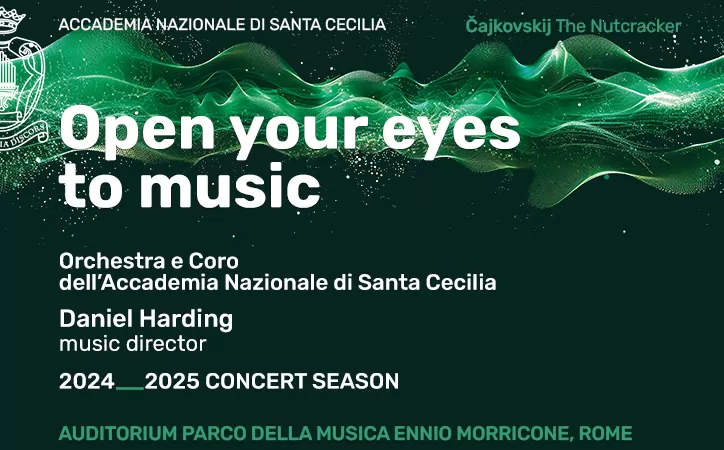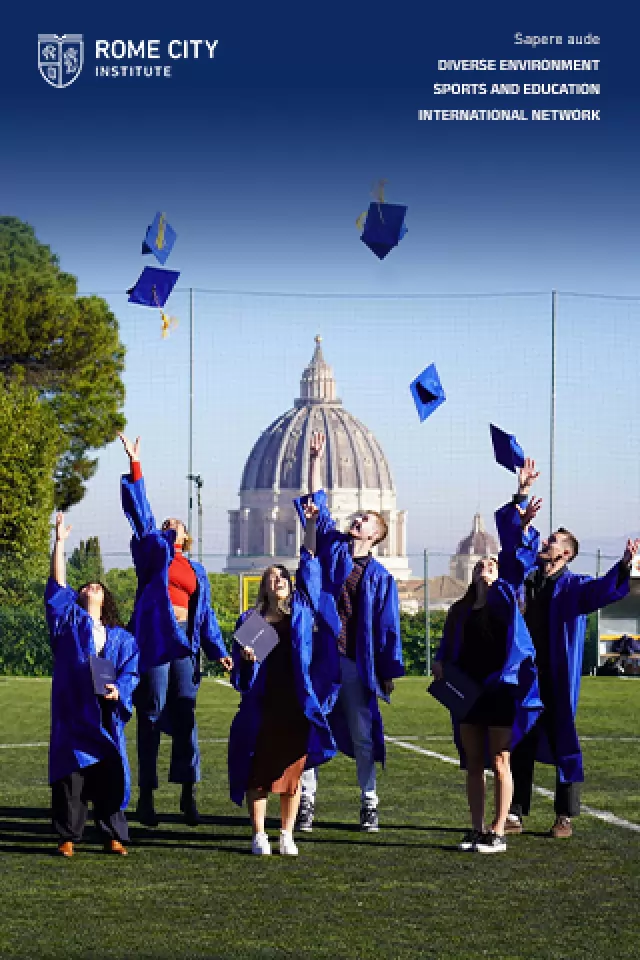Adoption in Italy: putting the children first
Marilina Tuccinardi, the person responsible for children in the Rome city council social policies department, is in no doubt: The law is in the interests of the children and must be respected.
The law in question is a piece of 2001 legislation regulating fostering and adoption which contemplates, among other things, overcoming the need to put children in difficult situations into institutional care by the end of this year. In other words, on paper at least the old-style childrens homes in Italy large, impersonal residential institutions run by the local authorities, religious organisations or the private sector are set to disappear.
The inspiration for the law is the universally recognised principle that all children have the right to live in a family: ideally their family of origin or, when this is not possible in the best interests of the child or because the child has been orphaned or abandoned, a foster or adoptive family.
As an interim measure, pending the identification of suitable foster or adoptive parents or in some special-needs cases, the law also provides for needy youngsters to live in comunit di tipo familiare or community homes, otherwise known as casa-famiglia loosely modelled on a traditional family.
However, lack of commitment by the relevant authorities and childrens homes themselves to creating these alternatives for needy children means that, less than three months before the 31 December deadline for closure, some 140 institutions are still operating while many more have simply refashioned themselves as community homes in order to survive.
Donata Nova Micucci, president of the associazione nazionale famiglie adottive e affidatarie (ANFAA), a voluntary association founded in 1962 to promote childrens rights in Italy, attributes the resistance of some institutions to closure partly to an inability to keep pace with the times: They are convinced that they still have a role to play and are reluctant to embrace new ideas concerning best practice in child care, she explains. However, she suggests the real problem lies with the authorities: By putting a child in care they are relieving themselves of their responsibilities, she says. She also highlights the failure of society to recognise the importance of the family in the broadest sense and to act in the real interests of the child. We all have a part to play, she says.
Paradoxically the law itself is also at fault. In an open letter to government and regional representatives dated 12 September, ANFAA points out that the rules governing community homes state only that they should each contain no more than six children, or ten in some circumstances; there is nothing to prevent several individual homes from being grouped together under the auspices of a single structure. The organisation cites the example of the Centro Mamma Rita in Monza in the Lombardy region, run by the Piccola Opera per la Salvezza del Fanciullo, which has been reorganised to comprise groups of flats together containing around 70 kids in compliance with the law.
Between 30,000 and 35,000 children in Italy are living away from home according to figures from the centro nazionale di documentazione per linfanzia e ladolescenza dating from December 2005. Of these, around 12,000 mostly younger children are living in foster homes (this number can vary from 11,000-14,000 during the course of a year) and 18,000 in residential care including 1,500 in old-style childrens homes.
In view of the December deadline ANFAA has been pushing hard to get these children back into a proper family environment. To this end it has called on the relevant authorities to introduce a special plan of action accompanied by the necessary funding, with absolute priority being given to the support of the families of origin to allow children to return home. Micucci recalls that many children currently live in care because their parents cannot look after them due to work commitments for example, or because they themselves have nowhere to live.
Other interventions requested by the association include promoting fostering. This, says Micucci, requires assisting not just the foster family but also the family of origin, which needs to understand the purpose of putting the child into foster care if the measure is to be effective.
Further, ANFAA is calling for special support for so-called difficult adoptions involving older children or children with physical or mental disabilities, for example, to ensure that these children too can enjoy their right to a family rather than having to stay in long-term care.
Rome city authorities began the process of creating alternatives to institutional care for needy children over ten years ago and the last remaining childrens homes officially closed in 2005. Some, such as the Citt dei Ragazzi in southwest Rome, have been transformed into community homes with a reduced number of usually older children; and new case-famiglia have sprung up across the city: latest figures put the total number at 103, which together accommodate 600-650 children.
However, the emphasis has been placed on prevention and providing support for families in difficulty, in such a way that children can return to or remain in a real family environment unless their well-being is at risk. Tuccinardi insists that community homes should only ever be considered a short-term solution for children pending their return to their family of origin or until they can be put into foster care or adopted. All children in case-famiglia should have the possibility of living with a foster family, she says emphatically.
There are an estimated 550 children in foster care in Rome according to the latest figures, dating from May-June 2006. Unlike legal adoption, which is a commitment for life, fostering is for an initial period of up to 24 months, with the possibility of a 24 month extension on the order of a judge; and ideally contact with the childs family of origin is maintained throughout.
There have been numerous campaigns in Rome to encourage prospective foster families to come forward and the response has always been positive. However, as Tuccinardi points out, it is a highly emotive issue and she says not all people who volunteer are deemed suitable for the role.
Foster parents should ideally be married and have other children, but fostering is also open to unmarried couples and single people, including gays. They must be able to guarantee the childs education, upbringing and emotional well being, although the social services department is ultimately responsible for both guardian and child. Foreigners can also foster providing they are resident in Italy and have a permesso di soggiorno. The social services department in Rome is actively encouraging foreigners to come forward, as they are sometimes in a better position to look after foreign children if they come from the same country or cultural background. Fostering can involve a range of commitments, from childminding for a set period a week to providing in-house care. Following their initial expression of availability, prospective foster parents are given an in-depth interview and then training. The whole process can take about nine months; only then can social services select the most suitable family for the child.
The requisites for adoption are much stricter: prospective adoptive parents must have been married for three years or have lived together in a stable manner for at least three years before marrying and they must go through a lengthy assessment involving the local juvenile court and social services before they can be declared eligible.
In Rome applications for fostering and adoption are handled by the Centro Pollicino in Piazza S. Chiara 14, tel. 0668806880. For information see www.spqrdipsociale.it/famiglia/adozione-affido.asp.


















